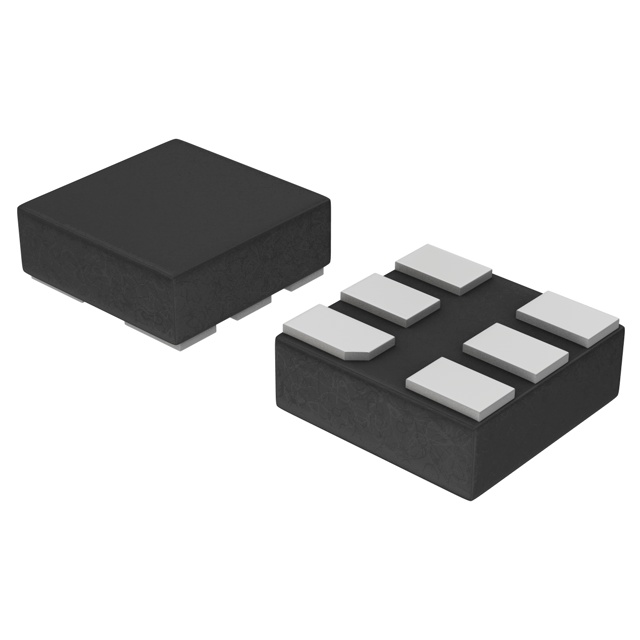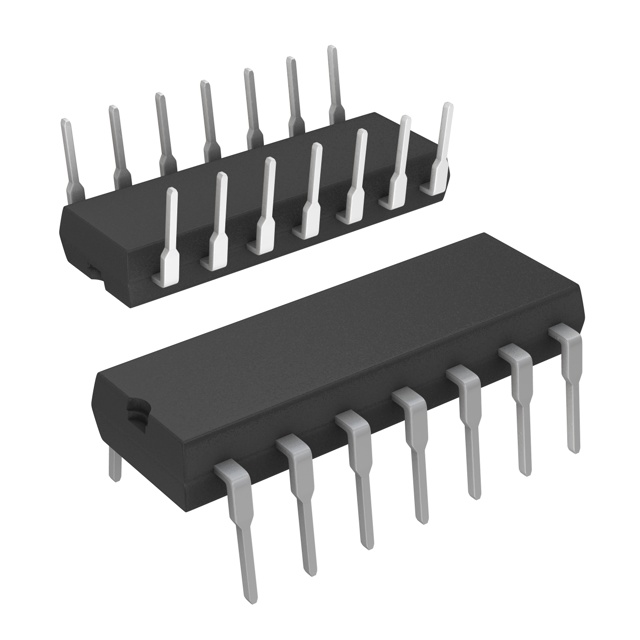In Stock : 0
Please send RFQ , we will respond immediately.









NLU1G04BMX1TCG Specifications
-
TypeParameter
-
Input Logic Level - Low-
-
Current - Output High, Low-
-
Number of Inputs-
-
Number of Circuits1
-
Logic Type1:1, 1:2 Configurable Registered Buffer with Parity
-
PackagingBulk
-
PackagingTape & Reel (TR)
The NLU1G04BMX1TCG is a specific integrated circuit (IC) chip manufactured by ON Semiconductor. It is a single inverter gate chip belonging to the 1G logic family. Here are some advantages and application scenarios of this IC chip:Advantages: 1. Small form factor: The NLU1G04BMX1TCG is designed as a tiny surface-mount package, making it suitable for applications with limited space or where miniaturization is required. 2. Low power consumption: This IC chip operates at low power levels, making it energy-efficient and suitable for battery-powered devices or applications where power consumption is a concern. 3. High-speed operation: The NLU1G04BMX1TCG is capable of high-speed switching, enabling it to handle fast digital signals and data processing. 4. Wide operating voltage range: This IC chip can operate within a wide voltage range, making it compatible with various voltage levels commonly used in digital circuits.Application scenarios: 1. Digital logic circuits: The NLU1G04BMX1TCG can be used as a building block in various digital logic circuits, such as flip-flops, counters, multiplexers, and more. 2. Signal amplification: It can be used to amplify weak digital signals or to buffer signals between different sections of a circuit. 3. Voltage level shifting: The IC chip can be employed to convert digital signals from one voltage level to another, ensuring compatibility between different parts of a system. 4. Oscillators and clock generation: The NLU1G04BMX1TCG can be used in clock generation circuits or as a part of oscillators to provide timing signals in digital systems. 5. Sensor interfaces: It can be utilized in sensor interfaces to condition or process digital signals from various sensors, such as temperature sensors, light sensors, etc.It's important to note that the specific advantages and application scenarios may vary depending on the overall system requirements and the specific design implementation.
NLU1G04BMX1TCG Relevant information

















